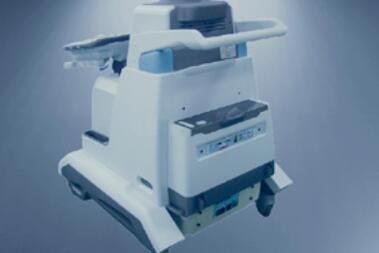What is the difference between centrifugal and vacuum casting?
Views: 1098 Update date: Feb 27,2024
Centrifugal casting and vacuum casting are two distinct methods used in the production of metal castings, each with its own unique process and advantages.
Centrifugal Casting:
Process: In centrifugal casting, molten metal is poured into a spinning mold. The centrifugal force generated by the rotation of the mold forces the metal to distribute evenly along the inner surface of the mold cavity, resulting in a casting with high density and minimal defects.
Advantages:
* Excellent metal distribution and density.* Suitable for producing cylindrical or symmetrical parts.
* Can produce large parts with uniform properties.
Vacuum Casting
Advantages:
* Reduced porosity and gas defects.* Fine surface finish and dimensional accuracy.
* Can be used with a variety of metals and alloys.
Key Differences:
Density and Defects: Centrifugal casting often produces castings with higher density but may have more surface defects, while vacuum casting minimizes porosity and gas defects.
Shape Complexity: Vacuum casting is more suitable for intricate and complex shapes, while centrifugal casting is better suited for symmetrical parts.
Equipment: Centrifugal casting requires a spinning mold setup, while vacuum casting requires a vacuum chamber.
Both methods have their advantages and are chosen based on the specific requirements of the casting process, the desired properties of the final part, and the complexity of the part being produced.




